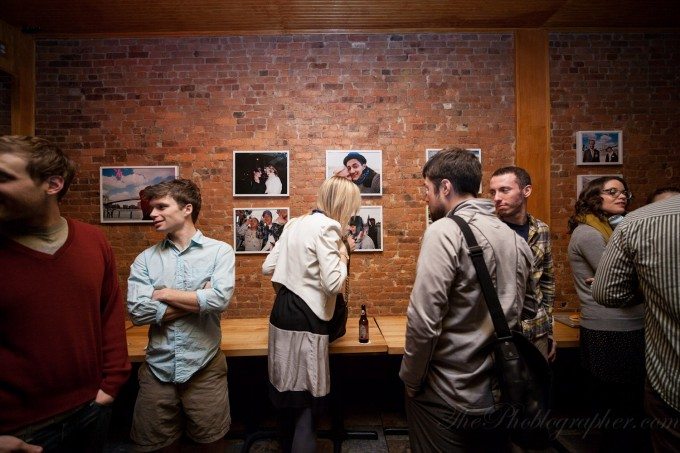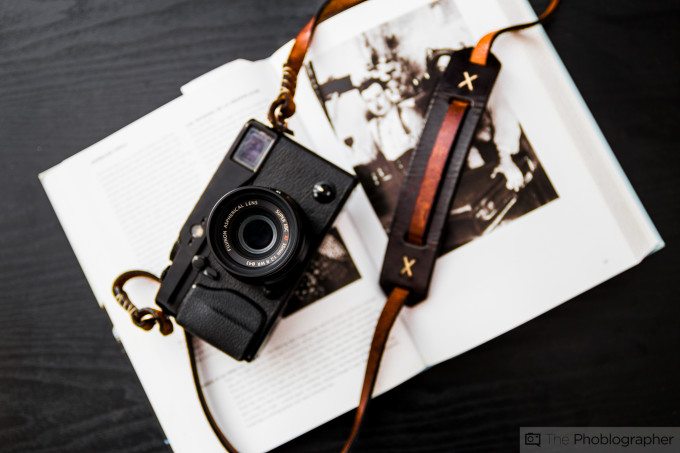
Go to any gallery or a museum, and chances are that you’re going to find barriers in front of the piece of artwork that you’re trying to view. Part of this has to do with protection of the piece, but what folks don’t usually talk about is the sufficient distance for you to be away from a painting, photo or anything else to really take it in, contemplate it and let your eyes explore the photo. Lots of folks get super up close–like almost pixel peeping up close. Prints generally are not designed for that.
Think about it this way: here in NYC, ads are literally sometimes painted onto the sides of buildings. Now, you’re obviously not going to stand right next to the building and try to take in the ad/painting. Instead, you’re going to stand far away from it.
So how do you apply this to viewing a printed photo?
Try this:
- Hang a photo up on the wall. Make sure that it’s lit to the best of your ability. Use the guide the Phoblographer put together using industry advice.
- Make your hands as flat as possible, then bring the nail of your thumbs on both hands to the outer edge of your eyes.
- Pivot your hands straight in front of you creating something like barn doors for a light.
- Move back and forth until the edges of the printed photo are just within the insides of your hands.
And there you go, you’ve got the perfect viewing angle and distance for you to properly internalize a photo’s composition and realize how it works as a whole. This area is the most centered and narrow point of your vision and when you look directly forward you can pay the most attention to the image.
Obviously, this all varies depending on the size of the photo that is printed. Generally, the larger the print, the further back you’re going to need to see.


